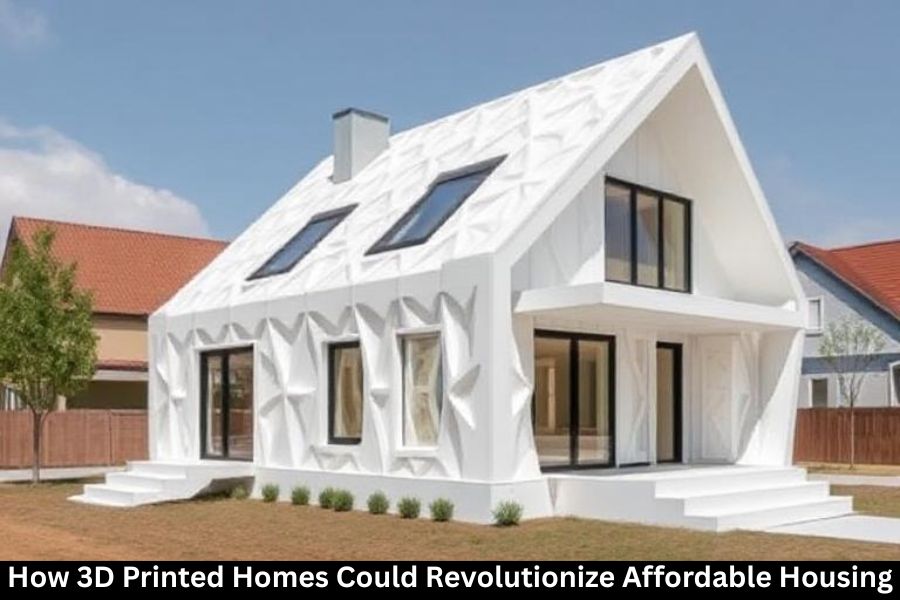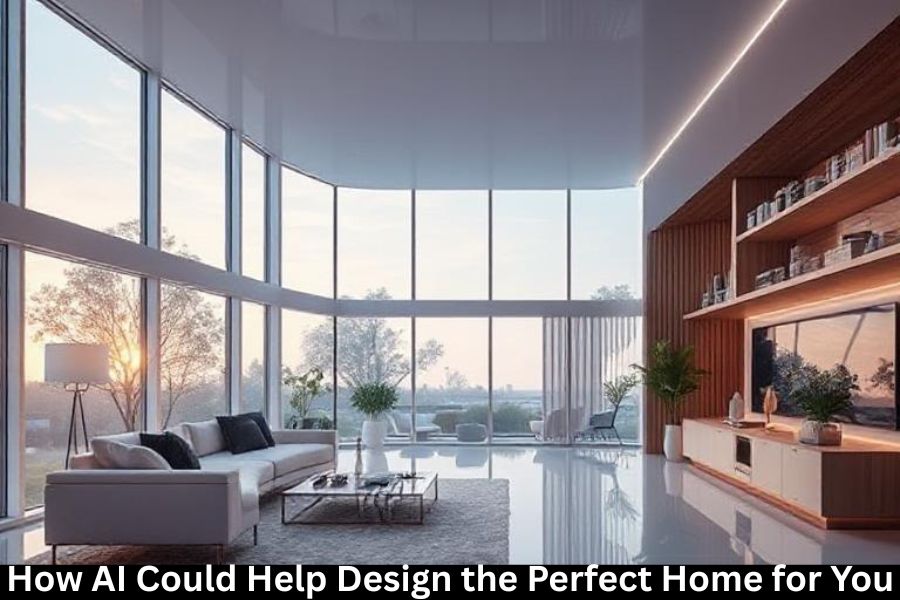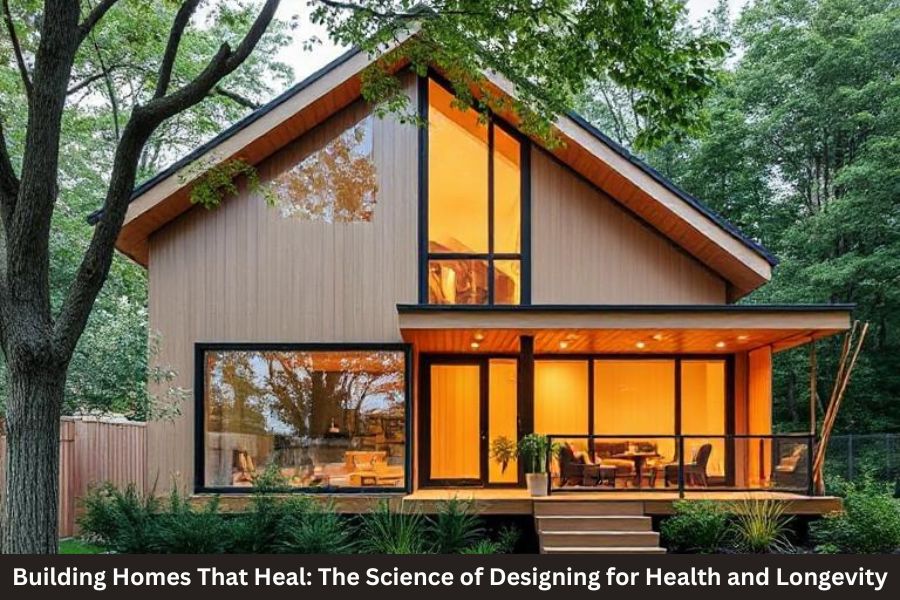Affordable housing remains one of the most pressing challenges worldwide. With rising construction costs, labor shortages, and increasing demand, traditional building methods struggle to keep up. Enter 3D printed homes—an innovative technology poised to transform how we build houses, making quality housing more accessible, faster, and cost-effective.
Here’s how 3D printing technology is revolutionizing affordable housing and why it could be a game-changer for millions.
What Are 3D Printed Homes?
3D printed homes are constructed using large-scale 3D printers that extrude building materials—usually a special type of concrete—in layers to create walls and structural components. This additive manufacturing process can build entire houses from the ground up with minimal human intervention.
Instead of assembling bricks or wood piece by piece, the printer “draws” the home layer by layer based on digital blueprints, completing tasks traditionally done by multiple workers in days or weeks, often in just a few days.
Advantages of 3D Printed Homes for Affordable Housing
1. Lower Construction Costs
By automating much of the building process, 3D printing drastically reduces labor costs and material waste. This translates into more affordable housing options without compromising quality.
2. Faster Build Times
Traditional home construction can take months. 3D printing can complete basic structures in a matter of days, accelerating housing delivery and helping to meet urgent demand.
3. Design Flexibility
3D printing allows for complex architectural designs that would be difficult or expensive with conventional methods. Curved walls, customized floor plans, and integrated features can be created quickly and affordably.
4. Sustainability
3D printed homes minimize construction waste and can use eco-friendly materials. Some projects explore incorporating recycled or locally sourced materials, reducing the environmental footprint.
5. Durability and Safety
Materials used in 3D printing—like specialized concrete mixes—can offer improved durability, fire resistance, and better insulation compared to traditional materials, creating safer homes.
Real-World Examples
- ICON: A U.S.-based company that has built several 3D printed homes and affordable housing communities, aiming to tackle homelessness and housing shortages.
- SQ4D: Known for building one of the first fully permitted 3D printed houses in New York, USA, with significantly reduced costs.
- Apis Cor: A Russian company that printed a house on-site in just 24 hours, showcasing the speed and efficiency of the technology.
- New Story & ICON Partnership: Together, they launched a project to 3D print a small community in Latin America to provide affordable homes for low-income families.
Challenges to Overcome
Despite its potential, 3D printed housing faces some hurdles:
- Regulatory Approvals: Building codes and regulations are still catching up with this new technology.
- Material Limitations: Research is ongoing to improve materials for strength, longevity, and sustainability.
- Initial Investment: High upfront costs for 3D printing equipment can be a barrier, though prices are decreasing.
- Scalability: While promising, scaling the technology for mass affordable housing projects requires further innovation and investment.
FAQs About 3D Printed Homes and Affordable Housing
Q1: Are 3D printed homes permanent?
Yes. They are built with durable materials and meet safety standards, making them long-lasting.
Q2: How much cheaper are 3D printed homes?
Estimates vary, but construction costs can be reduced by 30-60% compared to traditional methods.
Q3: Can 3D printing build multi-story homes?
Currently, most projects focus on single-story structures, but research is advancing toward multi-story printing.
Q4: How quickly can a 3D printed home be built?
Basic structures can be printed in days; finishing (plumbing, wiring, interiors) still takes additional time.
Q5: Is 3D printing environmentally friendly?
Yes, due to reduced waste, efficient use of materials, and potential for incorporating sustainable materials.



